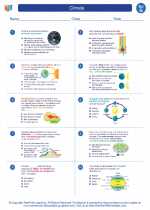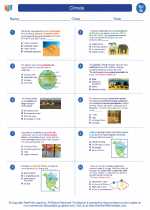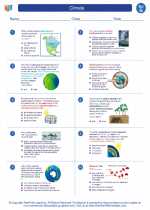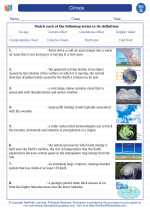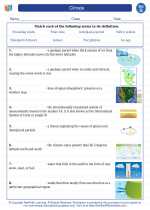Phospholipids
Phospholipids are a class of lipids that are a major component of all cell membranes. They are made up of a glycerol molecule, two fatty acid chains, and a phosphate group. The structure of phospholipids allows them to form a lipid bilayer in an aqueous environment, which is the basis of all biological membranes.
Structure of Phospholipids
Phospholipids have a hydrophilic (water-attracting) "head" made of the phosphate group and a hydrophobic (water-repelling) "tail" made of the fatty acid chains. This amphipathic nature allows phospholipids to spontaneously form bilayers, with the hydrophilic heads facing outwards towards the water and the hydrophobic tails facing inwards, shielded from the water.
Functions of Phospholipids
- Component of Cell Membranes: Phospholipids form the fundamental structure of all cell membranes, providing a barrier that separates the internal environment of the cell from the external environment.
- Cell Signaling: Phospholipids play a role in cell signaling and signal transduction processes.
- Emulsification: In the digestive system, phospholipids aid in the emulsification and digestion of fats.
Study Guide
When studying phospholipids, it's important to focus on their structure, functions, and significance in cellular processes. Here are some key points to include in your study guide:
- Understand the structure of phospholipids, including the composition of the hydrophilic head and the hydrophobic tails.
- Explain the role of phospholipids in forming the lipid bilayer of cell membranes and how this structure contributes to membrane function.
- Discuss the functions of phospholipids, such as their involvement in cell signaling and emulsification.
- Explore the significance of phospholipids in maintaining the integrity and functionality of cells.
- Consider the potential medical and biological implications of phospholipid dysfunction or imbalance in the body.
By mastering these concepts, you will have a solid understanding of the importance of phospholipids in biological systems and their role in maintaining cellular structure and function.


